|
By Duke Autret, Myotherapist Chronic pain is a complex and persistent condition that significantly impacts an individual's quality of life. Managing it often requires a multi-pronged approach. Myotherapy, a specialised form of physical therapy, offers effective interventions for chronic pain, particularly ‘nociplastic’ pain, which lacks clear structural or inflammatory causes. This blog explores the management of chronic pain with myotherapy, including key interventions and techniques. Understanding Nociplastic Pain
Nociplastic pain is characterised by pain that arises from altered nociception despite no clear evidence of actual or threatened tissue damage or sometimes disproportionate to the level of tissue damage that may be there. This type of pain can be challenging to manage as it often involves central sensitization. Central sensitisation is where the central nervous system becomes hypersensitive to pain signals, which is in effect like the malfunctioning of the sensory system rather than the tissues themselves, perhaps like when your car has a sensor problem rather than actual part problem it is monitoring. Causes of Nociplastic Pain The exact causes of nociplastic pain are not well understood, but factors may include:
Symptoms of Nociplastic Pain Common symptoms can include:
Myotherapy offers a range of physical and educational interventions to manage nociplastic pain effectively. Physical Interventions: Movement and Exercise Therapy: Movement and exercise therapy, including graded activity and graded exposure, helps retrain the nervous system and reduce pain sensitivity. Adjunct Tools/Modalities: Techniques such as heat, cold, or electrical stimulation can alleviate symptoms by reducing muscle tension and pain. Manual Therapy: Manual therapy, including joint mobilisation and soft tissue techniques, can be beneficial when integrated with other treatments. Educational Interventions: Pain Neuroscience Education (PNE): Pain Neuroscience Education (PNE) helps you understand the nature of pain and how to manage it better. Here are some key principles to keep in mind: 1. Pain is an Output from the Brain: Pain is not just a signal from damaged tissue. Your brain processes information from all over your body and creates the sensation of pain. This means pain is not only a physical sensation but also involves cognitive and emotional experiences. 2. Pain Does Not Always Indicate Harm: Understanding that pain is not always a sign of serious damage can help reduce fear and anxiety. Many factors, such as stress, emotions, and past experiences, can influence pain. 3. Changing Your Perspective on Pain: By seeing pain as a signal that your brain is sending to make you pay attention to your body, you can take steps to manage it more effectively. This can help reduce the intensity and frequency of pain. 4. Techniques to Manage Pain: Relaxation and stress reduction techniques like deep breathing and progressive muscle relaxation can help manage pain by reducing muscle tension and anxiety. Regular practice of these techniques can make a significant difference in your pain levels. 5. Listen to Your Body: It's important to listen to your body and take care of yourself in ways that feel safe and comfortable. This includes practising good posture, engaging in regular exercise, and maintaining a healthy lifestyle. Progressive Muscle Relaxation (PMR): PMR is a technique used to reduce muscle tension and anxiety, promoting relaxation and pain relief. Steps for Progressive Muscle Relaxation:
Graded Exposure Therapy: Graded exposure helps individuals gradually confront and overcome activities or movements they avoid due to fear or pain, reducing pain and improving function. Protocol for Graded Exposure:
Graded exposure gradually helps people confront their fears or anxieties. By slowly exposing you to things that make you anxious, your brain learns these things are not as dangerous as initially thought. This builds tolerance and reduces anxiety over time, helping you regain control over your life. Comprehensive Pain Management When structural or biomechanical explanations fall short, pain often results from central sensitisation, neuroplastic changes, psychological factors, lifestyle influences, and environmental factors. Effective management involves a multidisciplinary approach, combining physical and cognitive interventions tailored to individual needs. Common Explanations in the Pain Process:
Chronic pain, particularly nociplastic pain, requires a comprehensive approach to management. Myotherapy offers effective interventions, including physical techniques and educational strategies, to manage pain and improve quality of life. By integrating myotherapy into your treatment plan, you can address the multifactorial nature of chronic pain and take proactive steps toward relief and improved well-being. You can book online to start the process now! By Peter Pascalis, Clinical Myotherapist Want to know if your painful side is weaker, and how much weaker so you can work on it? Thats what the MAT Muscle Meter lets us measure!
The MAT muscle meter - why we use these assessment tools? In our clinic we see patients daily who experience some change from their "normal" state. People will seek our advice and treatment for their ailments because they don't want to rely on medications or they don't want to normalise their pain. Regardless of how acute or chronic these conditions are, assessment of the dysfunction requires measurement if we are to conclude on a most likely diagnosis and be able to realistically set our treatment goals. For example when you come in with neck pain we will assess the range of motion available to you before the onset of symptoms, whether it be tightness of muscles or pain at a certain range of movement. These markers enable us to form a baseline from which we can measure improvements in those specific impairments. Measurement of factors like range of motion or strength can be estimated, and in most cases this could be enough, however if we want to get really precise on our measurements we have access to some great tools, like the MAT Muscle Meter! How do we know that our treatments have been effective? We could certainly ask the question and if all things have gone well we would be told that you're feeling great and life couldn't be better! At least that is what we'd both be working towards. Recovery from injury or pain isn't always so easily and quickly measured by our immediate experience of symptom relief. We therefore need some data on what has changed following our treatments to know that we are tracking in the right direction for the long term resolution of your pain or symptoms. Many devices exist that can help us as clinicians to get the most accurate data on pain or dysfunction by measuring for change before and after treatment. Much of that information will guide our treatments. The most simple version of this is the classic "how bad is your pain on a scale of 1-10?" which uses a number scale to rate your pain. Before treatment its a 7/10, and afterwards you report a 2/10? We call that a win! But how can we measure those wins even more precisely? As pain and tension can be multifactoral we eliminate the guesswork by supporting our claims with confirmation that our treatments are effective both reassuring us and our clients. The muscle meter tester is one example of a device that we can use to measure muscle strength, range of motion, and threshold to pain. All these variables when tested and changed in the positive will reassure us that we are well on the way to long term resolution of your symptoms. By measuring muscle strength we can prescribe exercises that aim to build strength equally in both sides of the body, when unequal it can be an underlying cause of dysfunction. Measuring range of motion on the symptomatic side tells us if we have restored range to its pre-injured level. Pain pressure threshold tells us if painful points otherwise known as trigger points or muscle knots have been improved. Although we can certainly gauge treatment effects in terms of seeing and hearing about those changes, confirming that our treatments have been successful by directly measuring those effects can be satisfying for both clinician and patient alike. Want me to measure your strength as part of your next treatment? Book in and ask me about the MAT Muscle Meter! Like a proud mama bear, I am so pleased to congratulate Duke on his graduation from RMIT with his Advanced Diploma of Myotherapy! If you've already had a treatment with Duke, you'll know that he is pretty top notch! His knowledge of body mechanics and movement are exceptional, and he's wasted no time in putting new advanced skills into practice while he's been studying his Advanced Diploma over the last year or so.
He is also our go-to recommendation for anyone who loves a firm deep tissue massage - Duke is strong, and knows how to get the best angles to apply that intense level of firm pressure for those who need it. So what will change now that he's graduated and earned his Myotherapist title? To be honest, not a lot, because he has been integrating his knowledge as he goes. What we do hope will change is his availability!! Now that he's no longer spending time studying, we hope to be able to offer more appointments with him in the near future! He is now qualified and insured to offer Dry Needling treatments - however, we know there is a bit of a misconception where a lot of peoples understanding of Myotherapy is that its simply "a massage with added needles", but this is not the case! Not all Myotherapists choose dry needling as a go-to treatment option, and in our clinic we often try for less invasive techniques before using needles. For people who already know their body responds well to needles, it can be a fantastic tool to get quick changes in the muscles, but don't be put off from booking with a Myotherapist if you are scared of needles. Needles are just one tool in our very broad tool kit! Congratulations again, Duke, on persevering with your studies throughout the pandemic. We know that its been hard for students to maintain their focus and commitment especially to very hands on courses like Myotherapy when there have been so many campus closures and restrictions around being able to complete classes and student clinics. Yep! We're open on Saturday April 3rd and Sunday April 4th, so if you find yourself in need of a remedial massage or myotherapy appointment we are here to help!
We will be closed on Good Friday (April 2nd) and Easter Monday (April 5th) for the weekday public holidays, but you can still catch us over the weekend. Appointments are going fast, check our availability and book in soon! We hope you have a happy and safe Easter! Have you or someone you love been diagnosed with multiple sclerosis? The symptoms of this condition can range from uncomfortable to debilitating. But the good news is that manual therapy techniques that fall under the scope of myotherapy can help to alleviate some of these symptoms. Let’s take a look at how myotherapy can help with multiple sclerosis. What is multiple sclerosis? Multiple sclerosis, or MS, is an autoimmune disorder that affects the central nervous system. ‘Sclerosis’ means ‘scars’, which occur throughout the central nervous system. These scars interfere with the nerve impulses within the brain, the spinal cord and the optic nerves. Because the scars can occur anywhere throughout the central nervous system, different symptoms can manifest. Over 25,000 Australians have been diagnosed with MS. Most are diagnosed between the ages of 20-40, but it can occur in people who are younger or older. Women are far more likely to be diagnosed with MS. What are the symptoms of multiple sclerosis? Because multiple sclerosis can occur throughout the nervous system, there is a wide range of symptoms that people with MS may experience. No two cases are the same. However, symptoms will typically fall under five main categories:
How can myotherapy help with multiple sclerosis? This can really depend on the primary symptoms you’re looking to manage. However, myotherapy has a diverse range of tools and techniques that may help to minimise symptoms related to motor control, fatigue and neurological issues. Some of the symptoms myotherapy may help to relieve include:
Massage and multiple sclerosis One of myotherapy’s tools that has some promising research to back it up is massage therapy. There have been several small studies into the benefits of massage therapy for MS. They found that massage therapy was able to relieve pain, fatigue and quality of life. One study found that massage was more effective at relieving symptoms compared to exercise therapy. It also suggested that combining massage with exercise therapy could have even greater benefits. Managing multiple sclerosis symptoms with Simple Wellness Myotherapy Here are Simple Wellness Myotherapy, we have had patient outcomes such as:
Every case of MS is unique, so we cannot guarantee that you will achieve the same results. But we can say that our practitioners are experienced when it comes to MS, and will go the extra mile to help you find as much relief as possible. Simple Wellness Myotherapy also works as a healthcare provider for those receiving employment assistance through MS Employment Services. If you are receiving employment assistance, you can have a chat with your Occupational Therapist to see if myotherapy can be incorporated into your package. Ready to make a booking? Click here to visit our booking page. Have you recently been diagnosed with bursitis, but aren’t quite sure what that means? We’ve got you covered. Here are the basics you want to know about bursitis and what can be done about it. What is bursitis?
Throughout your body, you have bursa – small fluid-filled sacs that prevent friction between your bones, tendons and muscles around your joints. Bursitis is when a bursa becomes irritated and inflamed. Bursitis commonly occurs in the shoulder, elbow or hip. However, you can experience bursitis in any bursa. The most common symptoms include pain, swelling and stiffness of the joint. Pain will often increase during the night time, and becomes worse when you move the joint. What can cause bursitis? There are many factors that can cause or contribute to bursitis. Some of the most common include:
How is bursitis diagnosed? This depends on who you see. Any health professional will take a case history and do a physical examination. If you seek help from your doctor, they may order imaging tests to rule out other problems that might be causing your symptoms, or they may order a test of the fluid from your bursa to see if there is an infection. How is bursitis treated? The focus of bursitis treatment depends on what caused the problem in the first place. But it’s likely that treating your bursitis will include:
If the cause is an infection, your doctor may prescribe antibiotics to resolve the infection. A small percentage of people may be recommended surgery if other treatments have been unsuccessful. How myotherapy can help with bursitis When it comes to bursitis, there are a few steps that your myotherapist will take. Firstly, we will assess the joint itself for swelling, inflammation, pain and movement. Once we know what we’re working with, we’ll put together a treatment plan to address the issues. A treatment plan for bursitis often includes:
Another useful therapy that may be discussed is hydrotherapy – exercises and movements performed in warm water. This can reduce pressure on the joint, making therapeutic movements easier and less painful. If you’re dealing with bursitis, the team at Simple Wellness Myotherapy are here to help. To book an appointment with one of our qualified myotherapists, click here. Have you just had surgery, or are booked in for surgery in the near future? Wondering how to deal with the pain that you experience after the procedure is finished? Pain management can make a big difference for your recovery and overall wellbeing. Let’s take a look at how you can manage pain after surgery. Why is post-surgery pain management important? Getting a good hold on your pain levels after surgery is important for your comfort. But there are a few other reasons why managing your pain is essential for recovery. Some of the most important reasons include:
How to manage your pain post-surgery Looking for ways to deal with your post-surgery pain? Every case is unique, but there are some simple tips you can try to relieve your pain. Follow your surgeon’s advice Your healthcare team will give you guidance on how long before you can do certain tasks, and how frequently to take your medication. These are given to you for a reason – to manage your pain and healing! Make sure you follow your surgeon’s advice, and seek their consultation if you need to make any adjustments. Find a way to relax Pain can be taxing for the nervous system. But relaxation techniques such as guided meditation may be helpful for controlling the sensation of pain. There are plenty of free guided meditations online and on YouTube to try. If meditation isn’t your thing, find other ways to relax such as reading or spending time in nature. Focus on resting frequently and deeply Your body does its best healing when it is resting. Even if you feel that it’s ‘lazy’, your body is actually hard at work when you’re taking a nap or sleeping! Make sure you prioritise rest that is both frequent and high-quality. Aim for 8-9 hours of sleep per night as a minimum. If you’re not back at work, switch off your alarm and allow yourself to wake naturally. You might also like to make time for a nap in the afternoon, even it’s only a quick 20-minute rest. How myotherapy can support your body post-surgery When it comes to post-surgery pain, myotherapy can offer a variety of support techniques depending on the type of surgery and how long ago your surgery occurred. For example, your myotherapist can:
Here at Simple Wellness Myotherapy, we are experienced in working with a variety of clients who have undergone minor and major surgeries. Our goal is to help you on your journey back to your ‘business as usual’ – whatever that may be! To book an appointment with one of our qualified myotherapists, click here. Does this sound familiar? Terrible pain in your first few steps in the morning. Pain on standing up if you’ve been sitting for a little while. Putting weight on that foot can be agony. You feel it strongest in the heel or arch of your foot. Once you get moving it seems to calm down. If you're saying yes to these symptoms, you could be dealing with a condition called Plantar Fasciitis. Its quite common, and one of the most frequent foot pains that our myotherapists help people with. Plantar Fasciitis is a very painful condition that affects your heel and the sole of your foot. Often the mornings are the worst pain, people often explain they feel like they have to hobble about for the first few minutes of their day.
Usually it affects one foot or the other - some very unfortunate people can get both feet affected at the same time. Symptoms include heel pain; arch pain; altered walking patterns; cramps or spasms in the sole of the foot. Usually the pain reduces after getting moving, but those first few steps can be uncomfortable through to excruciatingly painful. What kinds of treatments work best for Plantar Fasciitis? The techniques I've found that work the best for people with Plantar Fasciitis are:
The hands on treatment sessions are only part of the recovery plan though. Like with most pains or injuries, looking at the way you move and stretch outside of your time in the clinic is important to helping you feel better, quicker. Our therapists will show you some simple but effective movements that help you to stretch your foot and leg to reduce the pain. We can also offer you some temporary pain relief suggestions like ice bottle rolling and using spiky physio balls. Ready to look at a plan for kicking Plantar Fasciitis? Book a 60 Minute Initial Consultation with us. We'll assess your movement and muscle balance, give you a feel-good hands on treatment, and walk you step by step through your treatment plan. Most people have heard of the Rotator Cuff being a big culprit of shoulder pain, but do you know what it is and how to get help? Our Myotherapists and Remedial Massage Therapists help a lot of people with Rotator Cuff pain - its one of our most commonly treated pains! The Rotator Cuff is a group of 4 muscles that all work together, and they have different actions. So when you come in with a Rotator Cuff injury, the first thing we’ll work out for you is which muscle is causing you to feel the pain.
The job of the Rotator Cuff group is to move and stabilise your shoulder, and it does that by making what I like to light heartedly call the Shoulderblade Sandwich. Imagine your shoulderblade bone (scapula) as the filling of the sandwich, and the Rotator Cuff muscles are the bread on either side. The muscles on the outer side work to lift your arm and rotate it outwards away from your body, and the inner muscles rotate your arm inwards. The most common issues we see with Rotator Cuff complaints is tight muscles referring pain, or muscle tears. Rotator Cuff referral pains can be felt locally around the shoulder, as well as further down your arm, elbow, wrist and hand. If you've got a Rotator Cuff tear or a partial Rotator Cuff tear, you'll likely notice pain and difficulty on raising or rotating your arm. Muscle tears can be identified on an ultrasound. If you’ve already had the ultrasound and been given the report that you have a tear, the next step for you is to rehabilitate that muscle, and we can help! Pain from shoulder and Rotator Cuff injuries usually respond well to hands on treatments like massage, cupping, or dry needling. We also like to help stabilise your shoulder using kinesiotaping. So how do you get help if you think you might have a Rotator Cuff problem? Firstly, book a time to come see us so we can help you find which of those 4 muscles is acting up. We’ll do some muscle testing and make a plan for reducing your pain and getting you strong again. If we think you may need an ultrasound to check for possible muscle tears, we can refer you to Dr Waj Dib here at Together Medical Family Practice in Knoxfield. Dr Dib is a fully bulk billed GP who can send you for scans if you need them. Whether you’re an athlete or a weekend warrior, an injury can set you back when it comes to your exercise goals. How you handle an injury can make a big impact on the recovery process. If you want to speed up your recovery and minimise the risk of injury in the future, this is the guide for you.
What to do immediately after an injury So you’re reading this right as you’ve hurt yourself. Props to you for Googling the answer! But on a serious note, it’s good to have the injury assessed by a GP if you suspect a fracture, dislocation or muscle tear. That way, you know right away whether you will need any significant treatment such as surgery or a cast. In the meantime, start with elevating the injured body part. This helps to reduce fluid retention in the area. It also means you’re not on it, so you’re less likely to keep injuring it! Rest and elevation are also a good idea for minor injuries such as sprains and twisted ankles. If you have a pre-made support or brace for the injured part, you can pop it on for some stability and compression. If not, you might like to bandage it if compression feels supportive for you. There is a bit of debate out there about whether heat or ice is best for an injury. Ice is the old-school treatment, and may be useful for reducing pain sensitivity and fluid retention. On the other hand, if there is pain without any swelling, a heat pack or warm bath might help increase blood flow to the area and reduce pain. Once the swelling has gone down This is the time when it’s good to see your friendly local myotherapist. We can’t really help if you’ve just done a significant injury such as a break or a muscle tear. But after the first few days, we can put together a treatment plan to get you back to your everyday life ASAP. Some of the therapies we can offer to help you recover include:
How to support recovery and reduce risk of re-injury Are you ready to jump back into it after an injury? Here are some tips to maximise recovery and minimise your risk of getting hurt again. Start slow – I know you want to jump straight back in, but this is a recipe for disaster! When you’ve been injured, your body part often needs time to strengthen and get back to your pre-injury levels. Begin with low impact versions of movement such as yoga and walking, and build up over a period of 4-12 weeks depending on your injury. Use rest and compression after exercise – if you do find your injured area aching or swelling after exercise, head home to rest and a support or brace. This can minimise the fluid retention and ease any pain you might experience. If you experience sharp or shooting pain, stop – some aches are common as you get back into movement. But sharp, shooting or severe pain is a sign that something is not ok. Stop whatever you’re doing until your pain has been checked out by a qualified practitioner. Eat plenty of nutrient-dense foods – even if your rehab program is perfect, your body can’t recover without the good nutrients you need for healing. Eating plenty of fruit, veggies, nuts, seeds, herbs, spices and high-quality is protein is a good start, according to our nutritionist friend Samantha Gemmell. Work with a myotherapist – a myotherapist can help you with rehab exercises to rebuild strength. But they can also keep you on track with supportive taping and addressing any muscle imbalances. Are you dealing with an injury? Our myotherapist Emily works with people with sports injuries, particularly muscle tears, joint injuries and rehab. Her goal is to get you back to training, events and everyday life as soon as possible while minimising your risk of re-injury. To book an appointment with Emily, head to our booking page and select ‘Emily Wells’ as your practitioner. |
Meet Our Team
We have a team of great practitioners available 7 days a week at our Rowville clinic. Archives
July 2024
Categories
All
|
Got a question about Myotherapy?
Contact Mel by phone, email or Facebook
|
Simple Wellness Myotherapy & Remedial Massage Clinic
Shop 12B 150 Kelletts Rd Rowville VIC 3178 |
Phone us on
03 8204 0970 |


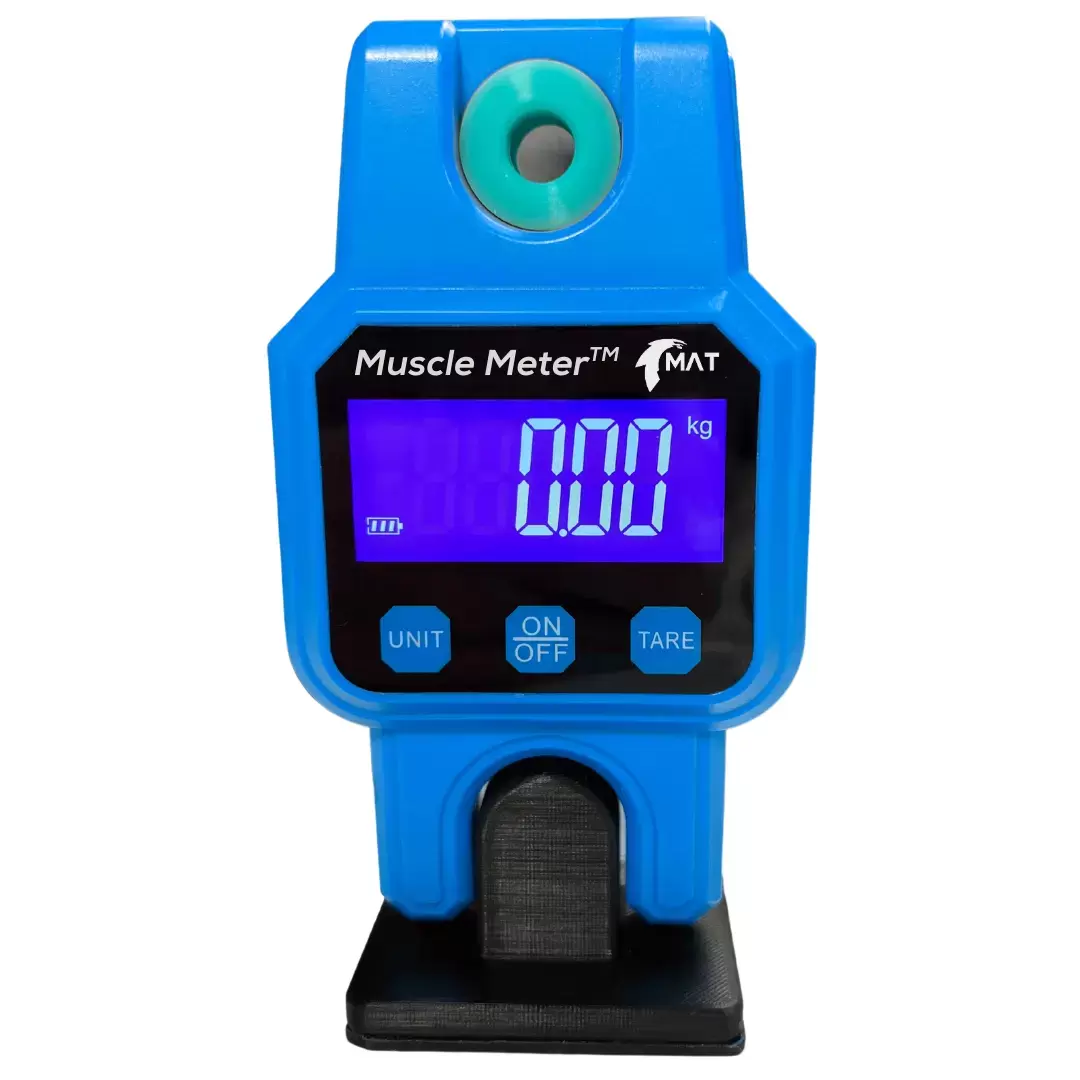
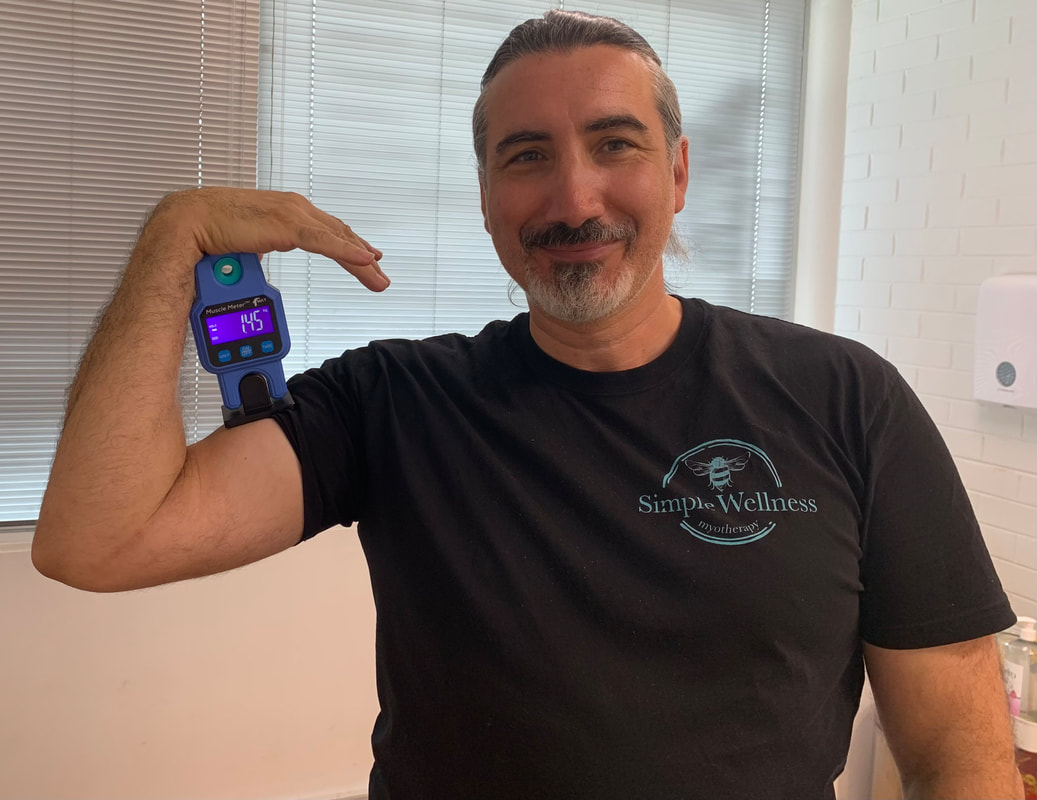
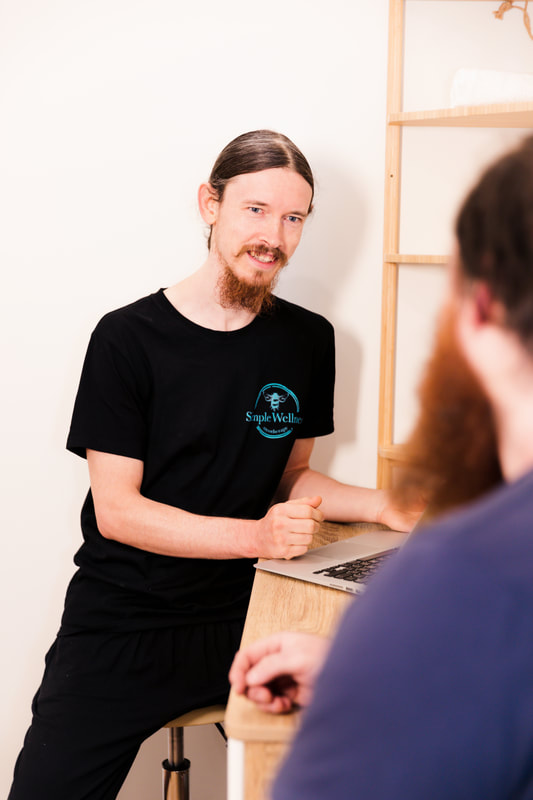
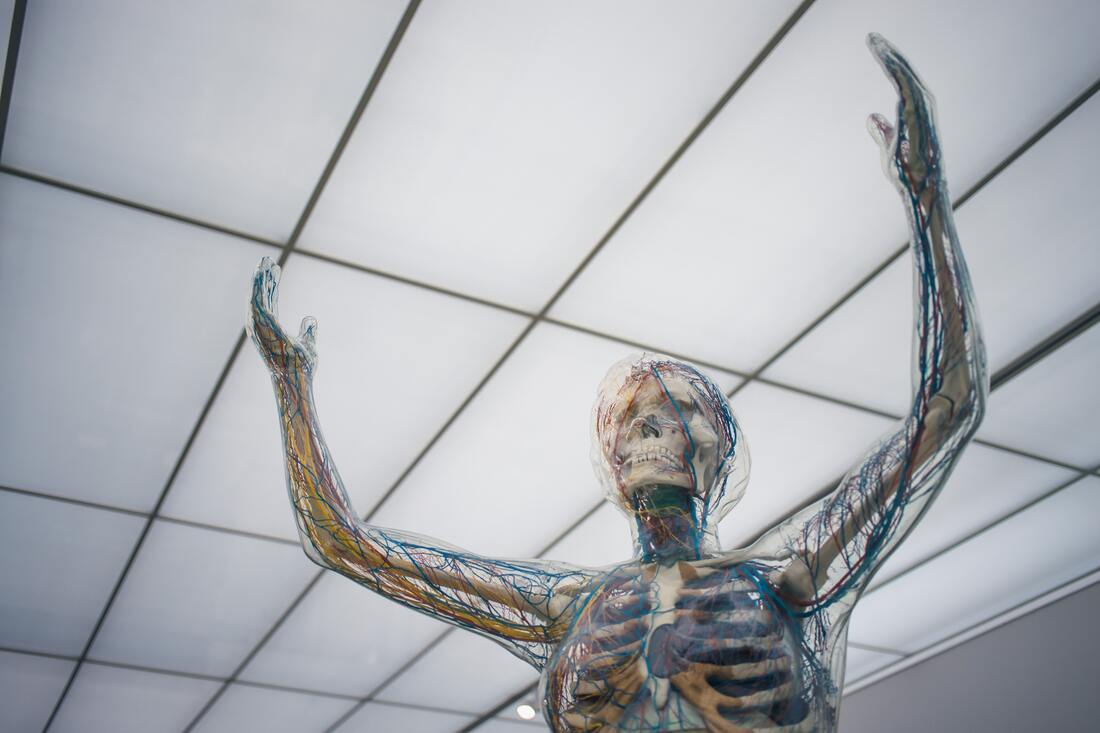

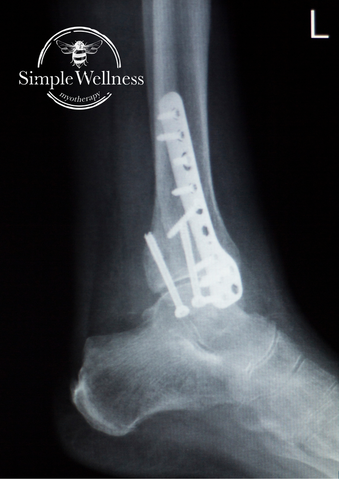
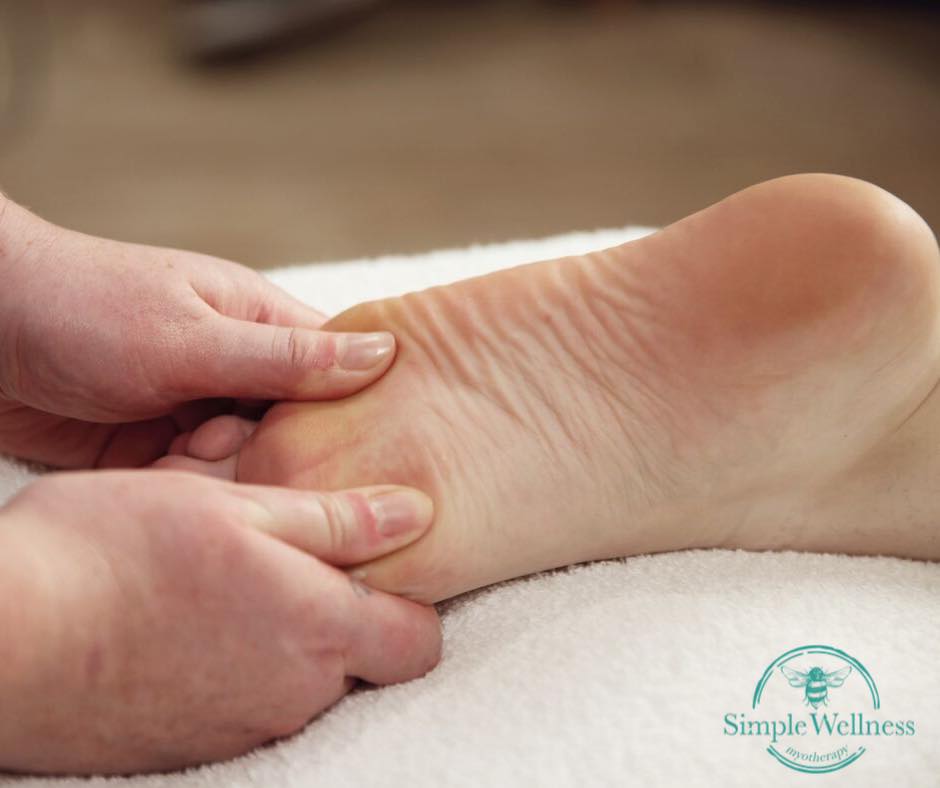
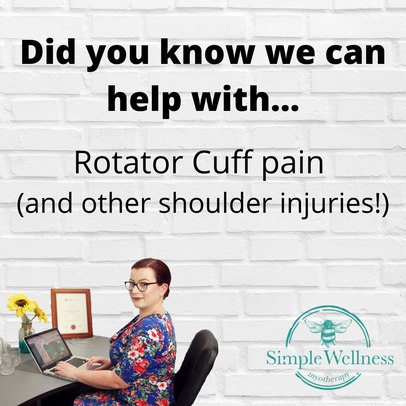
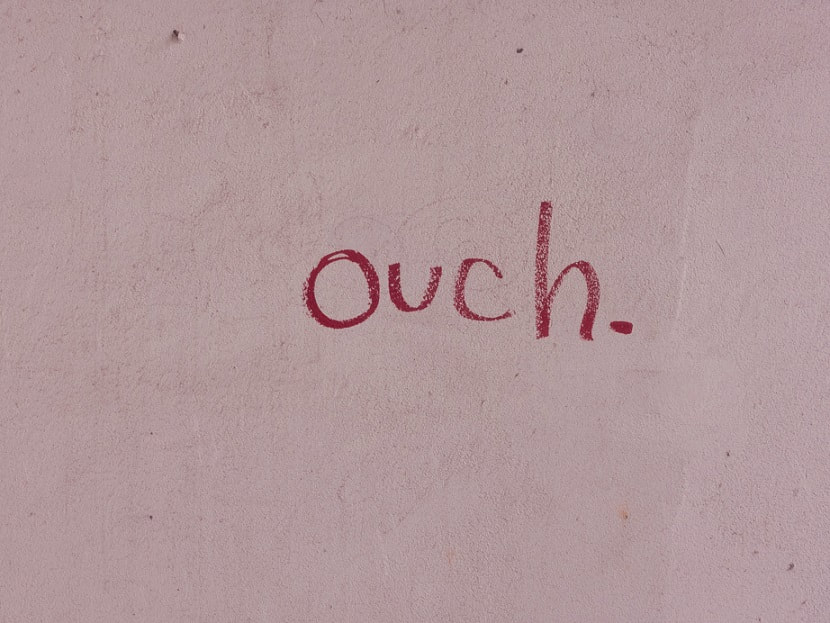
 RSS Feed
RSS Feed